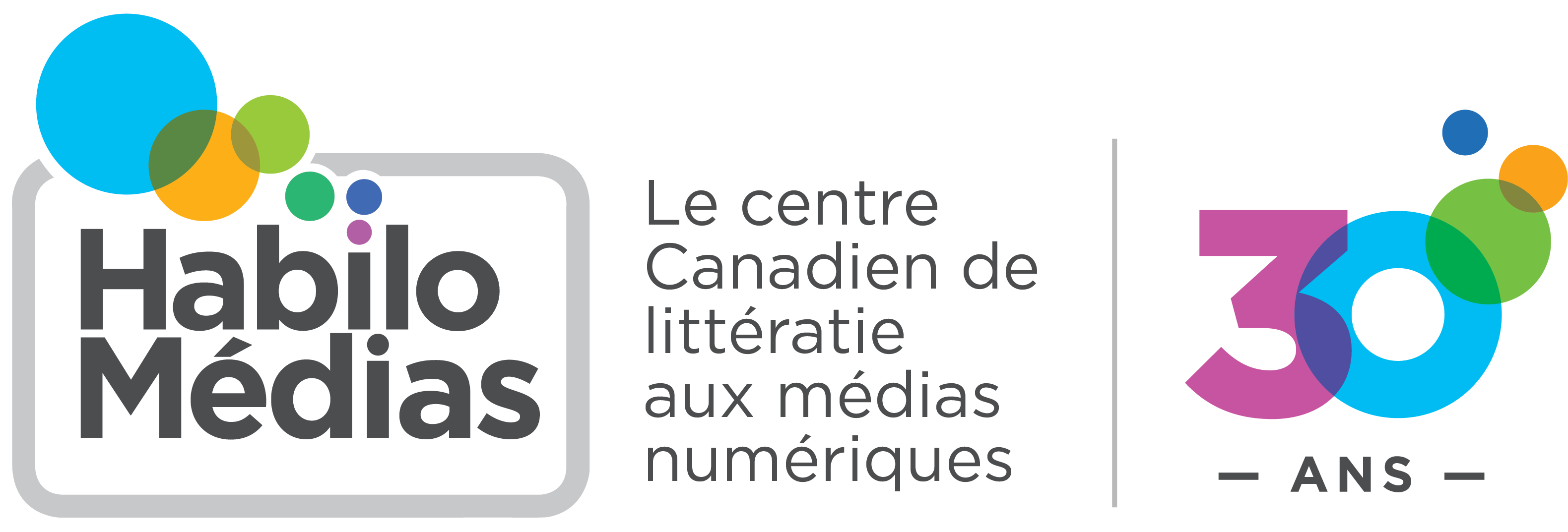Outcome Chart - Manitoba - Interactive Media 35S
Common Outcomes
Students will…
3. Assess textual, numerical, aural, and visual information, as well as the source of the media, to determine context, perspective, bias, and/or motive. (G-3.2)
4. Self-assess ICT representations and go beyond established criteria by enhancing meaning and/or artistry, according to topic, audience, purpose, and occasion. (Pr-3.2)
7. Identify possible health issues associated with using ICT. (Examples: ergonomic factors, inactivity, carpal tunnel syndrome, repetitive stress injury, eye strain, addictive/obsessive behaviour…) (E-1.4)
8. Apply school division’s acceptable-use policy for ICT. (E-2.1)
9. Apply safety guidelines when communicating electronically. (Examples: email, web pages, threaded discussions, videoconferences, chats, instant messages, camera phones, wikis, blogs, podcasts, online whiteboards…) (E-2.2)
10. Explain consequences of unethical behaviour. (Examples: cyberbullying, promotion of prejudice and hatred, copyright violations, plagiarism, willful destruction/manipulation of data, hacking, propagation of viruses, spamming, software piracy, consumer fraud, identity theft…) (E-2.3)
11. Apply guidelines for ethical and responsible use of ICT. (Examples: respect others’ privacy, protect personal information, follow security procedures, respect intellectual property and credit sources, use licensed software, discourage cyberbullying, collect data ethically, analyze information ethically…) (E-2.4)
12. Evaluate effects of personal ICT behaviour on others. (E-3.1)
13. Weigh personal benefits and risks of using ICT. (E-3.2)
14. Analyze various ICT skills and competencies required in personal career choices. (S-2.2)
15. Analyze advantages and disadvantages of ICT use in society. (Examples: lack of access, consequences of unethical use, ease of manipulating data, ease of communicating information, addictive/obsessive behaviour…) (S-2.3)
16. Weigh society’s right to information access against right to individual privacy. (S-3.1)
17. Weigh benefits versus risks to society of creating new ICTs. (Example: outsourcing jobs…) (S-3.2)
MediaSmarts Resources
- Authentication Beyond the Classroom
- Challenging Hate Online
- Cyberbullying and the Law
- Dealing with Digital Stress
- First, Do No Harm: Being an Active Witness to Cyberbullying
- Free Speech and the Internet
- Hate 2.0
- Hate or Debate
- Online Cultures and Values
- Online Gambling and Youth
- Online Marketing to Kids: Protecting Your Privacy
- Online Relationships: Respect and Consent
- Promoting Ethical Behaviour Online: My Virtual Life
- Secure Comics
- Thinking about Hate
- What Students Need to Know about Freedom of Information and Protection of Privacy
- Who Knows? Your Privacy in the Information Age
Specific Learning Outcomes
1. Define the purpose and audience for a product.
2. Develop and present a project proposal.
3. Document a product design including:
- Storyboard
- Written script
- Design document (treatment)
- Functional specifications
- Production methodology
- Production timeline
4. Produce a project including the following, as needed:
- Interface
- Text
- Images
- Audio
- Video
- Animation
- Code/script
- Database
5. Create a support document for the user of a product.
6. Create a promotional plan for a product.
7. Evaluate how effectively a product fulfilled its purpose.
MediaSmarts Resources
